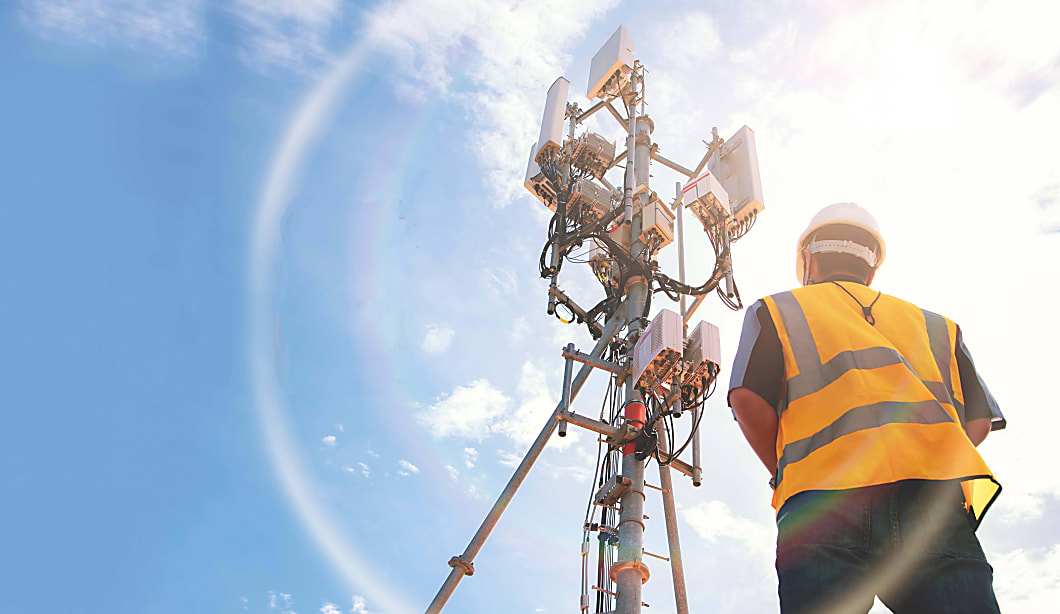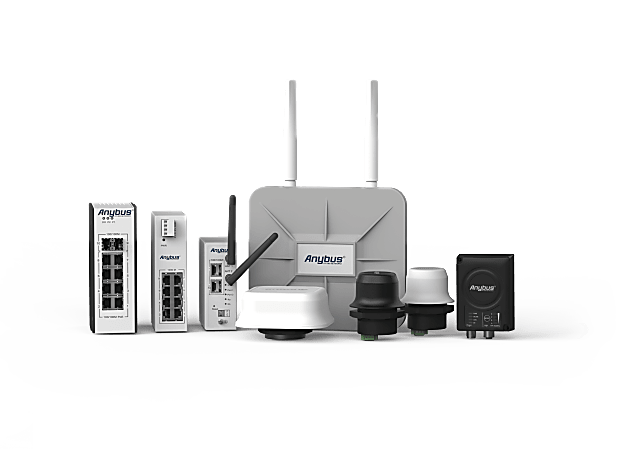Q&A
Why is 5G so suitable for industrial communication?
5G is the first cellular generation which specifically targets machine to machine communications. Ultra-Reliable Low Latency Communications (URLLC) allows latency below 1 ms on the radio interface as well as availability exceeding 5-nines (99.999%). From an industrial production perspective this type of service will enable functions like motion control, mobile robots control and safety over wireless.
What type of applications are most benefited by 5G?
Any type of application requiring fast and reliable data communication. These include:
- AGVs
- Augmented reality
- Remote access
- Inbound and outbound logistics
What is the main reason for implementing 5G in in a production facility?
The main driver for 5G within industrial production is to automate processes which cannot be automated today since they are using wired technology. There is, however, also a need to migrate some of today’s PLC communications from industrial Ethernet to 5G. The driver for this is increased flexibility, increased reliability and reduced cost.
5G PLC communications might only be a small fraction of the total traffic on the 5G factory network. It is, however, the most demanding due to requirements on real time performance and reliability. For PLC communications, it is necessary to have low latency and high availability. This is supported by the 5G new radio (NR) interface.



